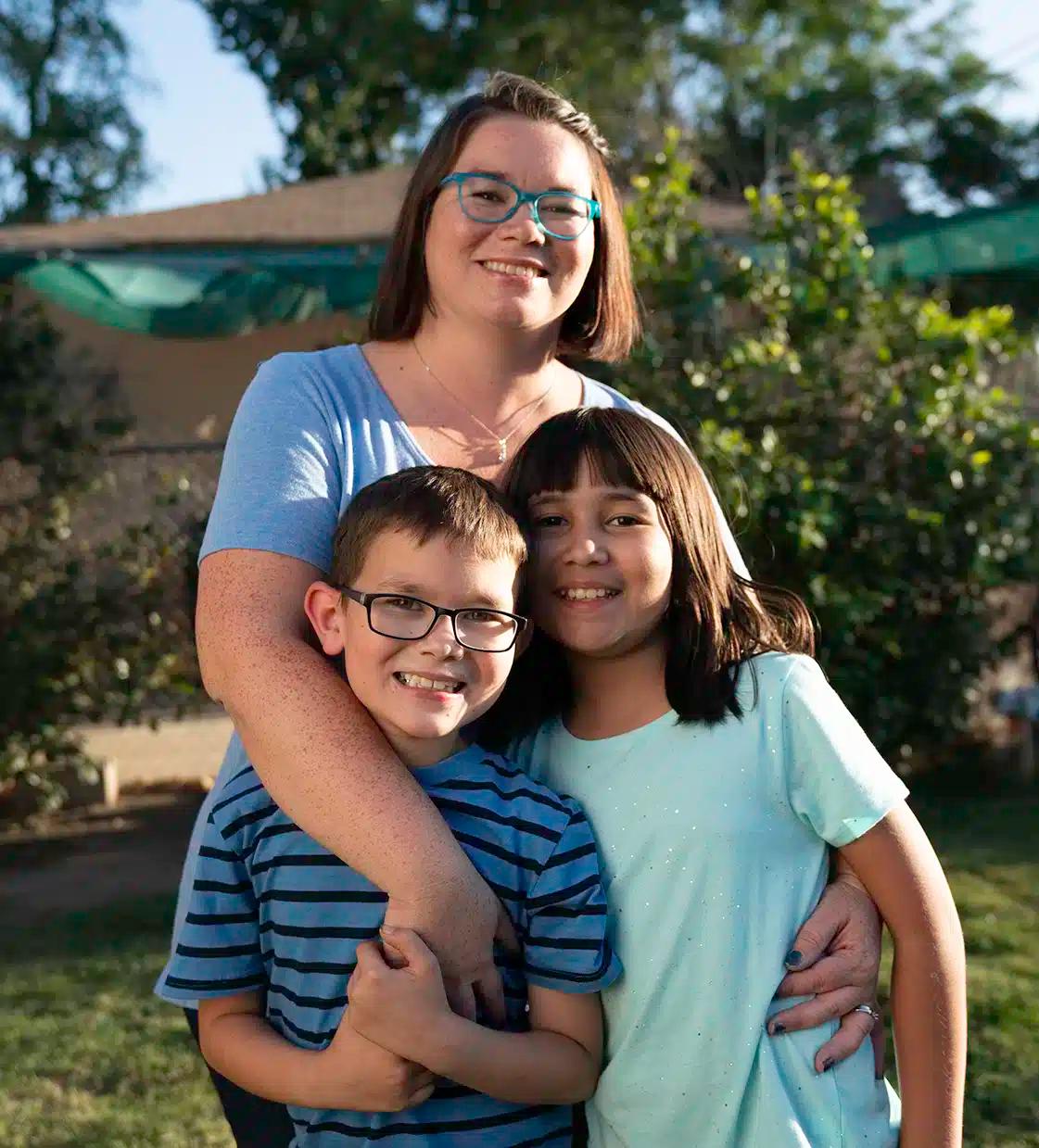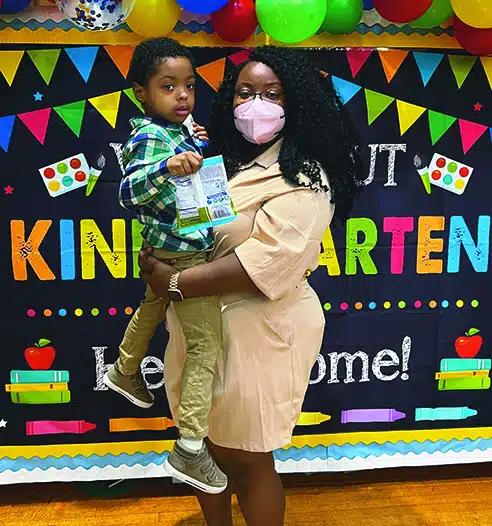When Shabanese Barrick’s 4-year-old daughter, Brynlee, notices her mom needs to sit down, she asks: “Is your boo-boo OK?”“I don’t expect her to fully grasp what’s going on with my MS,” says Barrick, 31, “but I wanted to explain it to her in a way she would understand. In the toddler stage, kids relate to hurt and pain in terms of boo-boos, so I told her that Mommy has a boo-boo and it lives inside her.” When she’s really tired or not feeling well, Barrick tells Brynlee that her “boo-boo is really hurting today. Of course, she immediately asks if she can put a Band-Aid on it,” Barrick says with a laugh.Barrick told Brynlee that her “Band-Aids” are things like extra rest and medicine. Talking to her daughter about the disease on her level helps prevent fear when symptoms do flare up, Barrick says.How you talk to a 5-year-old about MS is different from how you’d talk to a 15-year-old, Carriere says. Many parents find comparing the nervous system to a damaged electrical cord delivering inconsistent signals is a helpful strategy, says Erin Martin, a social worker and founder of Caregiver Collaborative who has worked at camps for families affected by MS. Her father lives with MS, and the electric cord comparison is how she first began to understand the disease. Puppets and books also can be helpful tools.When Moyna John-Caraballo, 31, spins her 5-year-old, Micah, around and around until both collapse dizzy and laughing, she tells him, “That’s how mommy feels sometimes.” Explaining invisible symptoms like vertigo can be tricky, especially as Micah is autistic, so “I try to be as creative and playful as I can and make it as simplistic as I can. You have to meet them where they are,” in terms of comprehension, she says.








